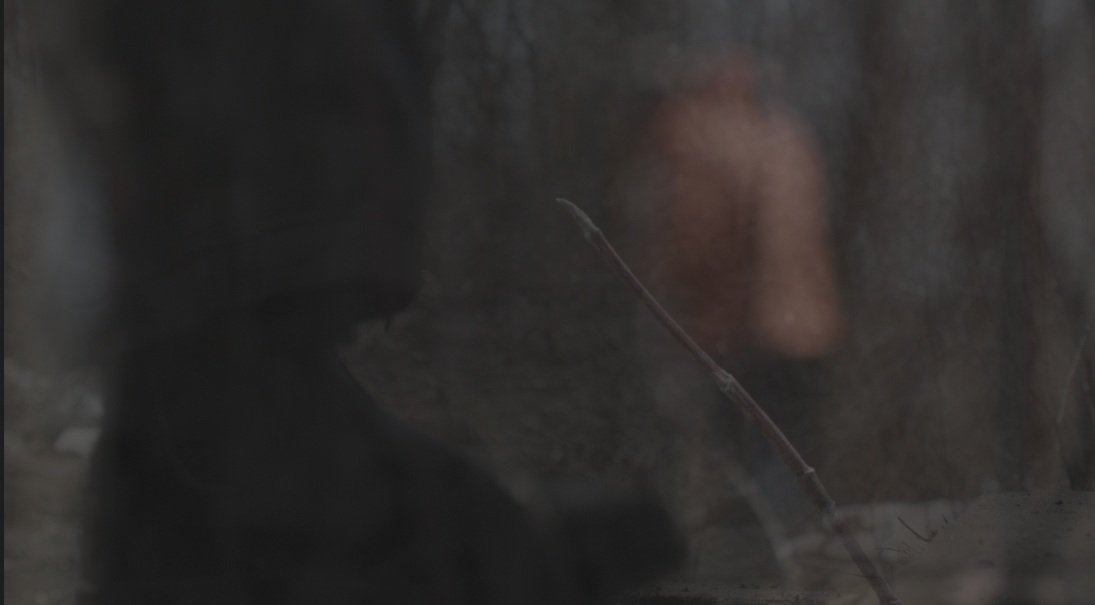
Film 505
final project page
cinema of plant
short film
In this short experimental piece, the perspectives of plants are considered.
Transferring the perspectives of seeing from the human-centric outlook allows for other organisms to be considered and perceived as though we are one across species. By doing this, empathy, relation, and other kinship based emotions can be brought forth. This film examines this concept by, quite literally, documenting life from the perspective of different plants, and utilizing more experimentally-based approaches, such as opacity overlays, along with a constructed and intense sound space.
The process I approached this film with was loose at the beginning. I knew I wanted to film from a plant's perspective, and past putting the camera on the ground, I had no specific approaches. However, after filming in one location like this, I quickly realized how many other details there are at that level, and switched gears a bit to document more of these details that I had intended. In making this film, I learned a lot about what happens where we don’t look. There were so many unique sounds, colors, organisms, et cetera that exist at ground level. Furthermore, I learned a lot about people. In a space where someone wouldn’t think twice about walking, when you introduce something foreign, behaviors change drastically. There is a metaphor there reflective of how flora has to react and restructure itself after the introduction of human influence/human construction.
earTH
field composition
This audio mix, consisting of field recordings of the natural world, has been crafted to explore the auditory world of the ground. What begins as a simple auditory reconstruction of nature shifts into an uncanny vibrational world resonating with distorted human voices and impact on the environment.
The process of gathering this sound was a varied and evolving process. From multiple locations, varying gear, different techniques attempted, et cetera, the process changed through every component of this project. To begin I went to Gardner Park with the parabolic microphone, hydrophone, and contact microphone. Finding various locations, different birds, different water pitches and tempos, I recorded as much as I could, trying to gather a diverse sound library to begin this project with. Unfortunately, it was a windy afternoon and the diversity I sought was overpowered by a consistent wind, coming in and out of nearly every recording. From there I was able to adapt and try to get more specific sounds; the Gallatin River at a fishing access, interior tree sounds using the contact mics near the river to try to pick up water through the roots, the parabolic microphone to capture the creaking of trees in the wind or sandhill cranes flying away from Springhill Road, there were many attempts to get unique sounds. I realized that sounds often translate into a more uniform, consistent sounding file than they may sound in person. Because of this I learned that intensive sound editing to isolate one frequency or pitch can completely rework an entire auditory experience. When it came time to edit the audio clips together into a musical composition, my process was relatively simple: find a lasting sound I can use as a steady background and construct a melody on top of that. After many variations of that plan however, I shifted gears. Wanting to engage more with the components I had begun to explore in my film, which consists of similar audio tracks, I decided to embrace the human components of my audio recordings, but distort them to emphasize the vibrational qualities, to perhaps hear from how a plant may hear, or more accurately, feel.
To Access Individual Audio Files



